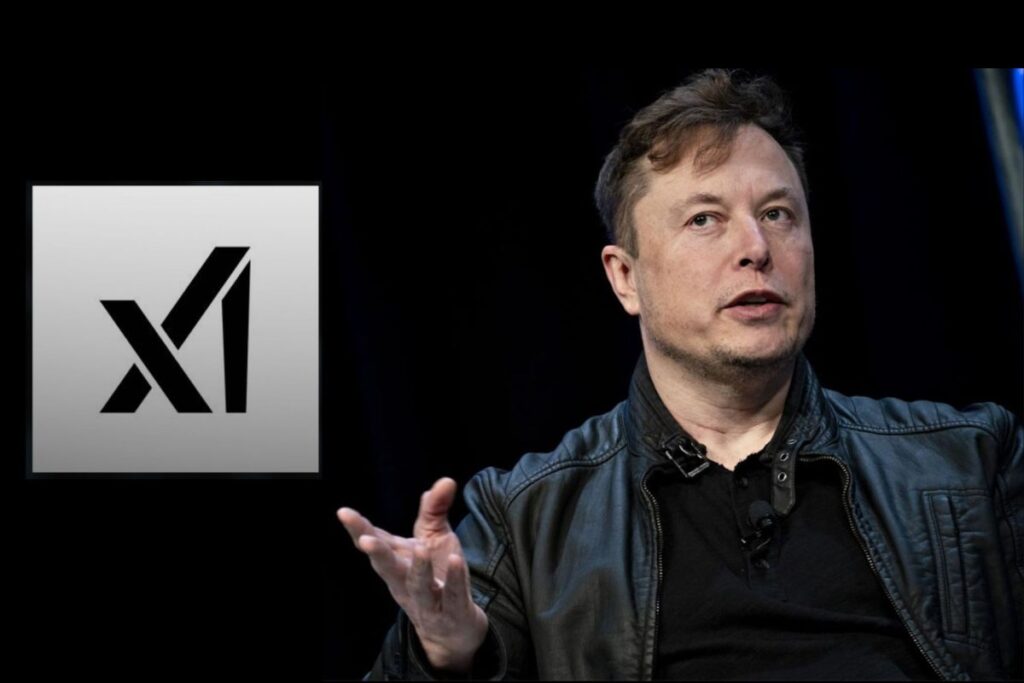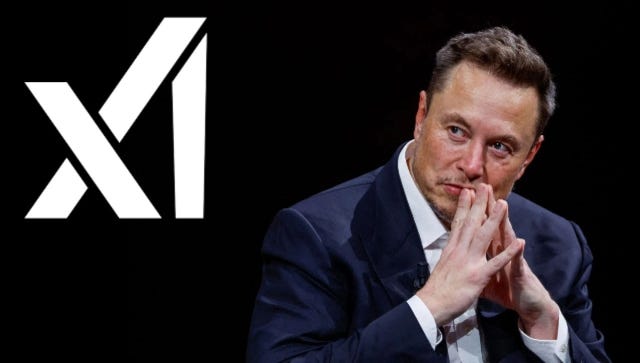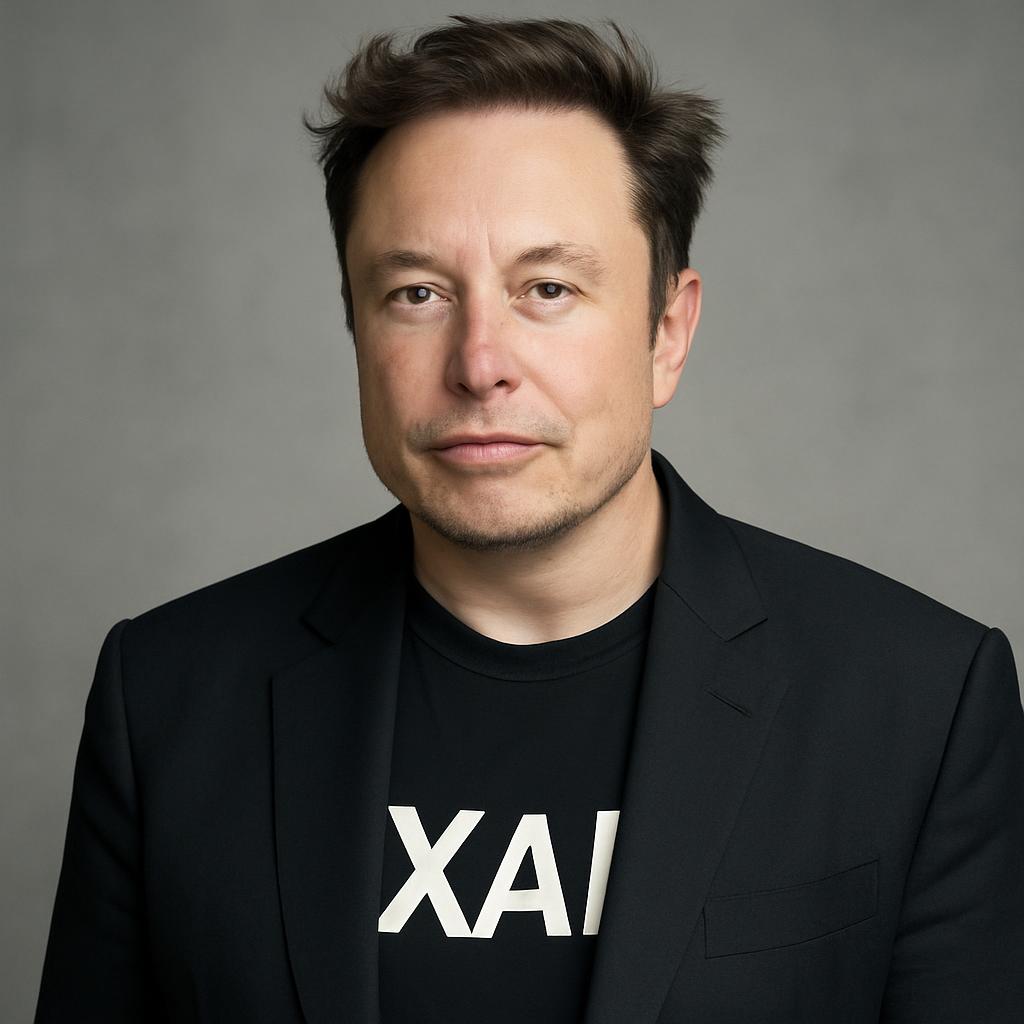
In the rapidly evolving landscape of artificial intelligence, few companies have captured the imagination quite like xAI. Founded by visionary entrepreneur Elon Musk, xAI represents a bold endeavor to push the boundaries of AI technology, aiming not just to compete but to redefine how we understand the universe through intelligent systems. This article delves into the origins of xAI, the foundational elements that built it, and its impressive progress up to September 2025. As AI continues to integrate into our daily lives, xAI’s journey offers insights into the future of innovation, scalability, and ethical AI development.
The Founding of xAI: A Response to AI’s Existential ChallengesxAI was officially incorporated on July 12, 2023, in Nevada, though its conceptual roots trace back to earlier in the spring of that year.
Elon Musk, known for his ventures like Tesla, SpaceX, and Neuralink, launched xAI as a counterpoint to what he perceived as misaligned priorities in the AI industry. Musk has been vocal about the risks of AI, emphasizing the need for systems that prioritize truth-seeking and human benefit over profit-driven agendas. In founding xAI, Musk aimed to create AI that accelerates human scientific discovery and helps unravel the mysteries of the cosmos.
The company’s mission is succinctly captured in its tagline: “AI for all humanity.”
This ethos stems from Musk’s concerns about AI monopolies and the potential for technology to outpace human oversight. By 2023, Musk had assembled a core team, including Igor Babuschkin, a prominent AI researcher who previously worked at OpenAI and Google’s DeepMind.
Babuschkin brought expertise in large-scale AI models, which proved instrumental in xAI’s early development. However, in a surprising turn, Babuschkin announced his departure from xAI in August 2025, marking a shift in the company’s leadership dynamics.
Funding played a crucial role in xAI’s rapid ascent. In 2024, the company secured $6 billion in new funding, propelling its valuation forward.
By mid-2025, xAI achieved a staggering $50 billion valuation just 16 months after founding, outpacing competitors like OpenAI in growth speed.
A landmark $2 billion investment from SpaceX in July 2025 further accelerated its ambitions, highlighting synergies across Musk’s ecosystem of companies.
Most recently, in September 2025, xAI raised an additional $10 billion, skyrocketing its valuation to $200 billion—a testament to investor confidence in its trajectory.

Building xAI: The Technological FoundationsAt its core, xAI’s construction revolves around massive computational power and innovative model architectures. Unlike traditional AI firms that rely heavily on external cloud providers, xAI has prioritized in-house infrastructure to maintain control and speed. This approach stems from Musk’s belief that “fundamental competitiveness depends on being faster than any other AI company.”
The company’s technological backbone is epitomized by its superclusters. In July 2025, xAI operationalized “Colossus 1,” a training cluster comprising 230,000 GPUs, including 30,000 NVIDIA GB200s.
This setup is dedicated to training advanced models like Grok. Shortly after, plans for “Colossus 2” were announced, featuring the first batch of 550,000 GB200s and GB300s going online in the coming weeks.
As NVIDIA’s Jensen Huang noted, xAI is “unmatched in speed—it’s not even close.”
Early on, xAI leveraged partnerships for scaling. For instance, it contracted Oracle for 24,000 H100 GPUs to train Grok 2 in 2024.
However, to achieve autonomy, xAI shifted to internal builds, emphasizing rapid iteration. This infrastructure supports multimodal reasoning, long-context windows (up to 2 million tokens), and real-time capabilities.xAI’s models are built on a foundation of rigorous truth-seeking, drawing from vast datasets while incorporating safeguards against biases. The company recruits talent from top labs, fostering a culture of innovation. In July 2025, xAI announced plans for a multi-agent AI software company, where Grok spawns specialized agents for coding, image/video generation, and more, emulating human-software interactions in virtual machines.
This macro-challenge positions xAI at the forefront of agentic AI.

Key Products: Grok and Beyond xAI’s flagship product is Grok, a generative AI chatbot designed as a “cosmic guide” to explore the universe. Launched in late 2023, Grok differentiates itself with humor, maximal truthfulness, and integration with real-time data from X (formerly Twitter).
Progress in Grok iterations has been meteoric. Grok 1.5 was released in early 2024, emphasizing improved reasoning. By July 2025, Grok 4 emerged as “the most intelligent model in the world,” featuring native tool use, real-time search, and availability for SuperGrok and Premium+ subscribers. A new tier, SuperGrok Heavy, grants access to Grok 4 Heavy, the most powerful variant.
August 2025 saw the introduction of grok-code-fast-1, a speedy model excelling in agentic coding.Just days ago, on September 19, 2025, xAI unveiled Grok 4 Fast—a multimodal reasoning model with a 2M context window, setting new standards for cost-efficient intelligence. Available for free on grok.com, iOS, Android, and OpenRouter, it democratizes advanced AI. It topped the Pareto Intelligence frontier per Artificial Analysis.

xAI also offers an API for developers, enabling integration of Grok’s capabilities into applications. Documentation covers installation and use cases, enhancing its ecosystem.
Open-sourcing is a pillar of xAI’s philosophy. In August 2025, Grok 2.5—last year’s top model—was released on Hugging Face, with Grok 3 slated for open-sourcing in about six months.
Milestones and Ongoing Progress
xAI’s progress is marked by relentless advancement. In 2024, it focused on foundational models and infrastructure. By 2025, breakthroughs in mathematical reasoning highlighted its edge, as seen in exchanges between Musk and Google’s Sundar Pichai.
Elon Musk has shared optimistic updates: In August 2025, he noted Grok evolving faster than rivals, potentially outpacing them significantly. By September, he expressed belief in achieving AGI with Grok 5. Upcoming enhancements include a 1M context window for Grok Code and an AI-powered X algorithm by November 2025, open-sourced biweekly.
In software development, xAI’s influence is evident in 2025’s breakthroughs, including AI ethics and smart tech innovations. Musk tested a new X algorithm using Grok 4 Mini, requiring 20,000 GPUs for rollout.
Future Outlook: Toward AGI and Beyond
Looking ahead, xAI’s trajectory suggests a focus on AGI and multi-agent systems. Musk envisions surpassing human capabilities by 2025 in all tasks, though challenges remain. With unmatched infrastructure and rapid iteration, xAI is poised to lead.
In conclusion, xAI’s build—from founding principles to colossal superclusters—and its progress exemplify innovation at scale. As it continues to evolve, xAI not only competes but inspires a future where AI serves humanity’s greatest quests. For more on AI developments, stay tuned to Aitelly Online.